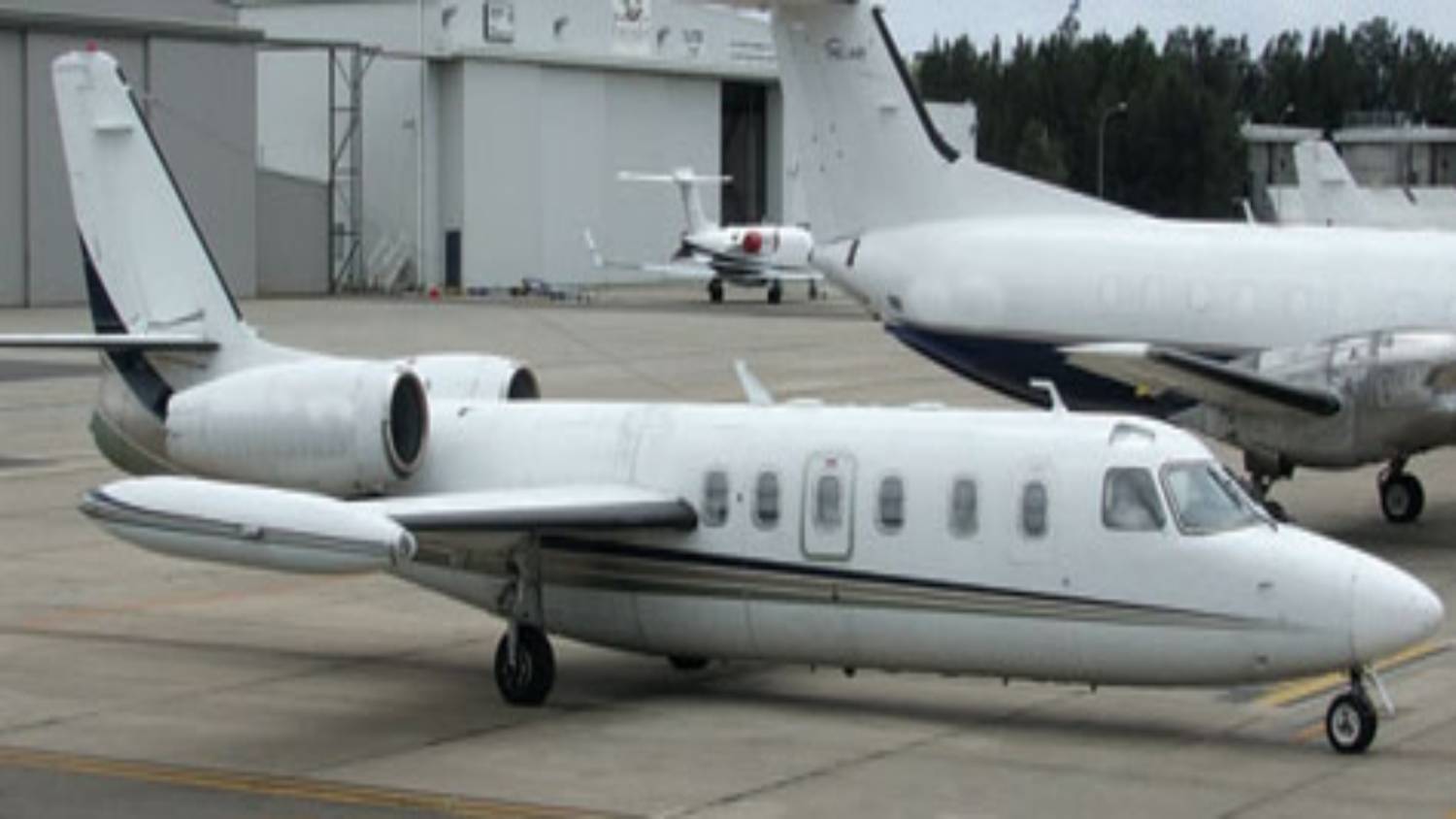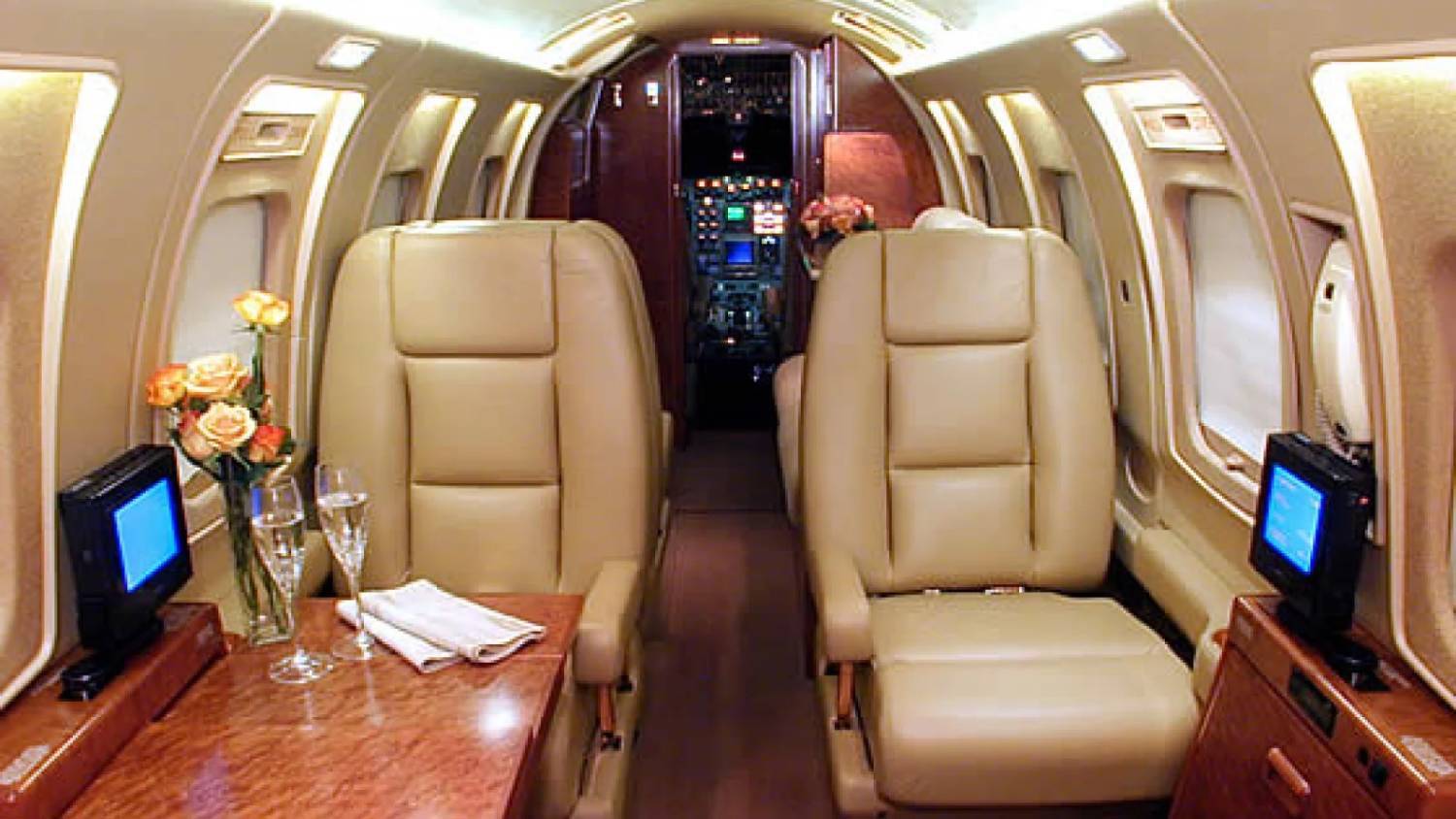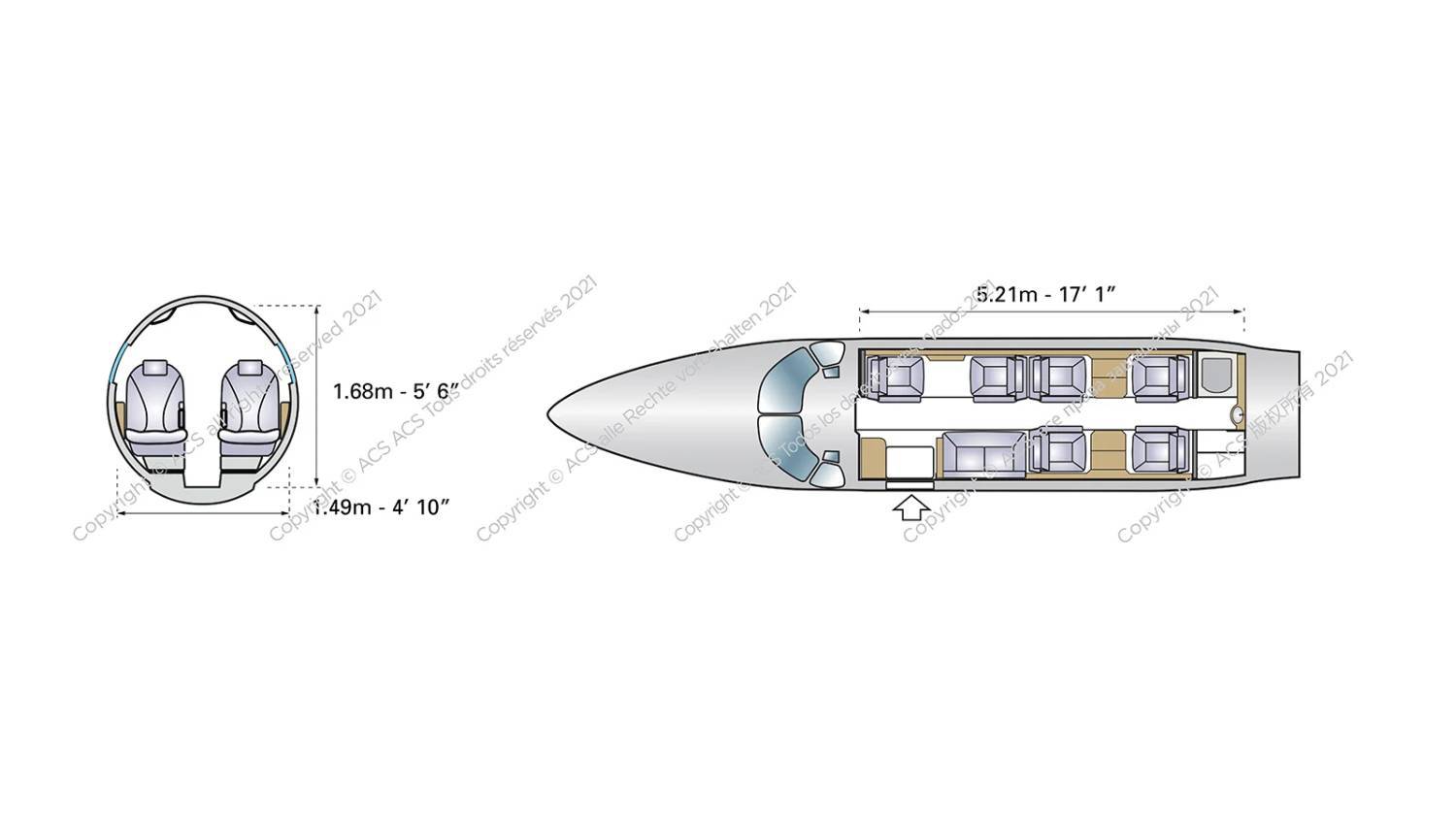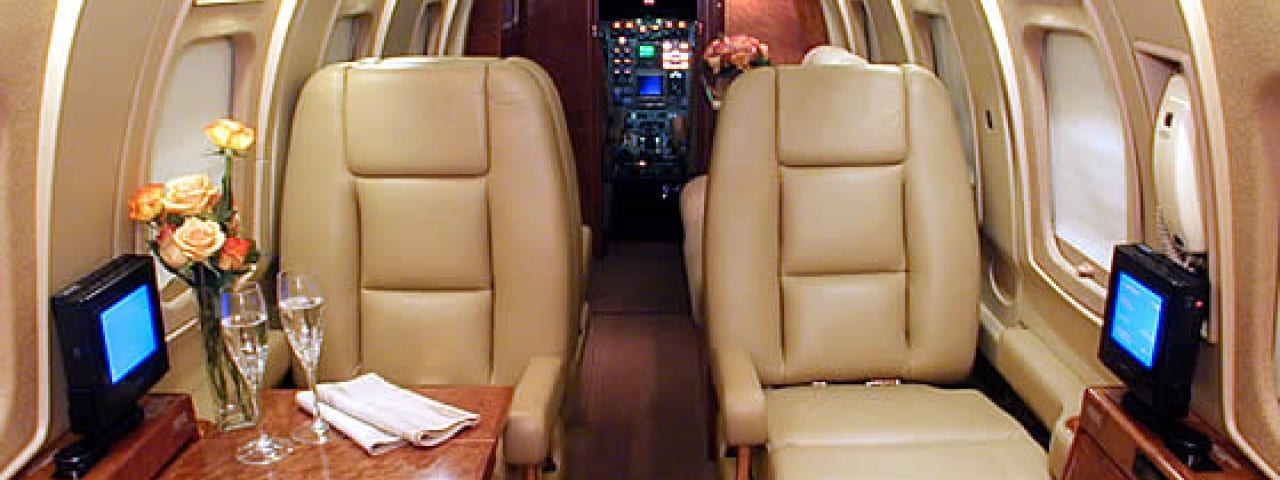


untitled
Description
- Passengers 7
The IAI Westwind is an instantly recognisable business aircraft with a range that competes against more modern midsize jets.
About this aircraft
- The IAI Westwind was originally produced by Aero Commander as the 1121 Jet Commander in 1965. Israel Aircraft Industries (IAI) bought the rights in 1968 and launched the 1123 Westwind, followed by the more common 1124 Westwind in 1976.
- The IAI Westwind’s cabin can seat seven or eight passengers, with the belted lavatory providing an extra seat if needed.
- Able to fly nonstop from Las Vegas to Chicago and London to Istanbul, the IAI Westwind competes with newer business jets in its class when it comes to range.
- The baggage compartment can hold about six suitcases.
- Production of the IAI Westwind ceased in 1980 as focus switched to the Westwind II. All Westwind aircraft were discontinued in 1987.
Instantly recognisable on an airfield, the IAI Westwind still offers viable and efficient charter solutions with its comfortable interiors and relatively long range.
Interior design

The cabin is typically configured for seven passengers with a four-seat club, two-seat divan and single forward-facing seat. Across from the divan is either a small galley or an extra passenger seat, depending on the layout. There’s also a full-width lavatory at the rear.
Below is a typical configuration found on an IAI Westwind.
Interesting facts to learn before you fly
- Some IAI Westwinds have a three-seat divan, which is usually reserved for larger aircraft.
- Westwinds are easily recognisable due to their wings and low-slung fuselage.
- The Westwind II can fly up to five percent further than its predecessors, hold more fuel and allow for a higher takeoff weight.
Technological features
The original 1121 Jet Commander was powered by the same General Electric CJ610 engines used on the Learjet 23. Following its acquisition by IAI, the upgraded 1124 Westwind featured more fuel-efficient Garrett TFE731 turbofans.
Many Westwinds have been upgraded and retrofitted with newer avionics over the years. The Westwind II would typically feature the Collins FMS90 flight management system, dual Collins VHF 20A comms, dual Collins VIR 30A navs, dual DME FCS80 flight control systems, FDS85 flight director, APS80 autopilot, and RNS300 radar navigation system.
History
The Westwind originated from the 1121 Jet Commander, which was produced by American manufacturer Aero Commander as a development of its twin-propeller namesake. It took its first flight in 1963 and deliveries began in early 1965. North American Rockwell bought Aero Commander in the late 1960s and sold the rights to Israel Aircraft Industries (IAI).
The 1123 Westwind launched next, with a stretched fuselage and increased maximum takeoff. Soon after entering production, the aircraft’s General Electric CJ610 turbojet engines were replaced with more fuel-efficient Garrett TFE731 turbofans. The frame also underwent several improvements, such as drooped leading edges on the wings; a dorsal fin; revised engine pylons and nacelles; and further increases in maximum takeoff, maximum landing, and maximum zero-fuel weights. These changes, together with upgraded onboard systems, resulted in the 1124 Westwind, which was delivered from 1976.
The upgraded 1124AI followed in 1980 with a new wing centre-section and winglets, marketed as the Westwin II and replacing the original design in production. IAI built its last Westwind in 1987 as focus turned to the Astra, with over 400 Jet Commanders and Westwinds built overall.
Manufacturer
Israel Aircraft Industries (IAI) is Israel's major aircraft manufacturer. Founded in 1953 as Bedek Aviation, the company initially maintained military aircraft for the Israel Defence Forces before developing its own planes – including the IAI Arava, an aircraft designed for short takeoffs and landings. The acquisition of the Jet Commander kickstarted the IAI Westwind line, which continued until 1987.
By 1989, IAI had established itself as a world leader in upgrading aircraft, with 17 factories, profits of $11.8 million and sales of $1.28 billion. Largely focused on military aircraft and technology, IAI also played a major role in the production of the Gulfstream G280 in 2012.
Cost
Depending on factors like age and condition, a used IAI Westwind costs $199,000 to $299,000 (USD). The price of a Westwind II typically ranged from $470,000 to $480,000.
Charter rates
Charter rates for the IAI Westwind vary depending on the length of your journey and the airports you’re flying in and out of.
If you’d like to charter a IAI Westwind,
for a quote today. For information on other charter options, browse our list of available private aircraft.
Wet lease rates
ACMI (Aircraft, Crew, Maintenance, Insurance) wet lease rates for the IAI Westwind vary depending on the age of the aircraft, lease term length, number of guaranteed block hours and average cycle ratio. Contact us for a personalised quote.
Key Details
•Aircraft Type: Mid Size Jet
•Passengers: Up to 7
•Cruise Speed: 785 KM/H (488 MPH)
•Range: 3750 KM (2330 Miles)
Specifications:
•Luggage Space: 54 ft³
•Enclosed Lavatory: Yes
•Flight Attendant: Yes
•Pressurised Cabin: Yes
Terms & Conditions
Terms and Conditions for Private Aircraft Charter
1.Cancellation and Refund Policy
Once the booking is confirmed, all orders are non-cancellable and non-refundable. Please ensure all travel arrangements are carefully reviewed before making a reservation.
2.Flight Schedule Changes
Requests to change flight times or destinations must be submitted at least 48 hours in advance and are subject to aircraft and crew availability. Changes may incur additional charges.
3.Flight Delays and Cancellations
In the event of delays or cancellations caused by weather, technical issues, or other force majeure events, we will make every effort to reschedule the flight but will not be liable for any additional costs or compensation.
4.Crew Arrangements
All flights are operated by professional crew members. Crew assignments are determined by the company and cannot be changed or adjusted based on passenger requests.
5.Baggage Restrictions
Each aircraft has specific baggage weight and size limits. Please confirm baggage requirements at the time of booking. Excess baggage may incur additional charges or be refused for transport.
6.Passenger Safety and Conduct
All passengers must comply with the instructions of the crew. The company reserves the right to refuse service to passengers who violate safety regulations or disrupt the experience of others.
7.Flight Time and Overtime Charges
If the flight exceeds the scheduled duration, additional charges may apply. These charges will be calculated based on the aircraft type and the length of the delay.
8.Force Majeure
In the event of natural disasters, political unrest, or other force majeure events that prevent the flight from operating as scheduled, we will make every effort to reschedule the flight but will not be responsible for additional costs or liabilities.

